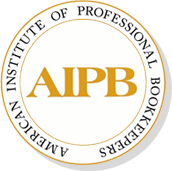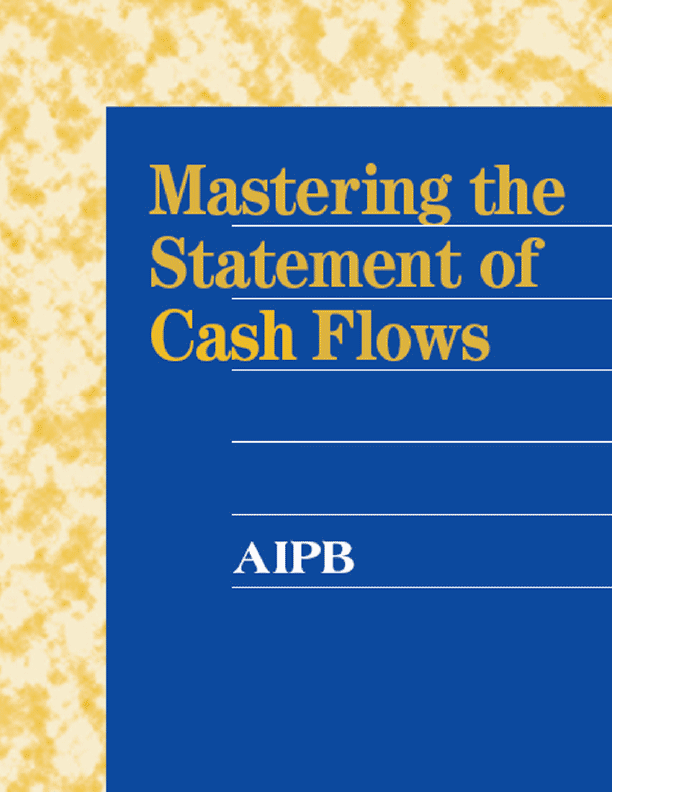366 pages [225 self-teaching + 141 self-quizzes with detailed answers]
Section 1: Introduction. Sources and uses of cash: 3 kinds of activities.
Sections 2-4: Cash provided by operating activities (CPO), the direct method.
Part I: Computing cash inflows using changes in A/R and Allowance for Doubtful Accounts. Computing cash outflows using changes in Prepaid Expenses, Depreciation, Amortization, A/P and either Purchases (periodic method) or Inventory and COGS (perpetual method).
Part II: Using changes in Interest Payable, Discount on Notes Payable, Income Tax Payable and related accounts.
Part III: Using changes in Unearned Revenue, Dividends and Interest Receivable, Amortization of Notes Receivable.
Section 5: CPO case study, the direct method. Brings together everything you learned in Sections 2–4.
Section 6: Computing CPO, the indirect method. Computing inflows/outflows from changes in Depreciation, A/R, A/P, Inventory, Unearned Revenue, Interest Payable and other accounts.
Section 7: CPO case study, the indirect method. Brings together and applies what you learned in Section 6.
Section 8: Cash from investing activities. Inflows from disposal of PP&E, intangible assets, securities, loan collection. Outflows for investing in PPE, intangible assets, securities, making loans.
Section 9: Cash from financing activities. Inflows from issuing stock, creditor notes, mortgages, bonds, receipt of principal on loans. Outflows for dividends, treasury stock purchases, payment of loan principal.
Sections 10-11: Preparing a statement of cash flows.
Part I. Asset accounts.
Part II. Liability, stockholders’ equity accounts.
Section 12: Special and supplementary items. Inflows and outflows related to the purchase/sale of securities or treasury stock, foreign currency transactions, acquisitions and lawsuits. Which items are disclosed only as supplemental information.
Section 13: Special items for large corporations. Sale of a business, equity in an affiliate’s income, issuing bonds, amortization of a bond discount or premium, early extinguishment of debt.
Section 14: Comprehensive case study. Everything you learned applied to a complete statement of cash flows.
Publisher: AIPB


THERESA –
I felt the material was very difficult to follow and would have been better if I had a taken a live class.
Upvote if this was helpful (0) Downvote if this was not helpful (0) Flag for removal
SUSAN –
I found it disjointed and hard to follow
Upvote if this was helpful (0) Downvote if this was not helpful (0) Flag for removal
MARGARET-MARY –
That book was way to hard for me to follow. I gave up on it for now.
Upvote if this was helpful (0) Downvote if this was not helpful (0) Flag for removal